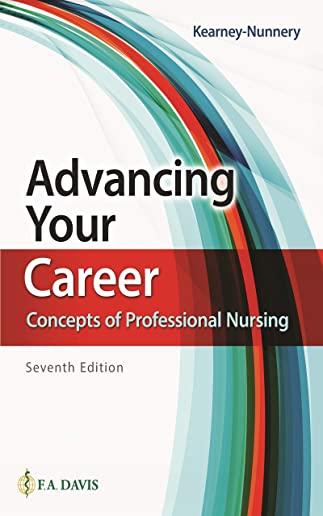
description
ss? Tap into the go-to resource for nursing pharmacology basics, with the fully updated new fifth edition of Pharmacology Made Incredibly Easy!(R). Offering clear, concise descriptions of crucial nursing pharmacology concepts and procedures, this easy-to-follow, colorfully illustrated guide offers step-by-step guidance so to can grasp the fundamentals in enjoyable Incredibly Easy style. From initial assessment to safe medication administration and patient care plans, this is the perfect supplement to class materials, offering solid preparation for NCLEX(R), as well as a handy refresher for experienced nurses. Learn the ins and outs of nursing pharmacology care, with the latest data and protocols:
Nicole Heimgartner, DNP, MSN, RN, CNE, CNECI, COI, is a Nursing Faculty member at Galen College of Nursing in Louisville, Kentucky
Carolyn Gersch, PhD, MSN, RN, CNE, is a Professor of Practice in the Nursing Program at Wittenberg University in Springfield, Ohio
- NEW chapters on patient education, sensory drugs, and dermatologic drugs
- NEW chapter on medication safety, including abbreviations to avoid and a review of dosage calculations
- NEW content on current approved medications, and dosages, and expected versus adverse effects
- NEW content on emergency drugs, herbs/supplements, immunization schedule, and more
- Hundreds of colorful diagrams, drawings, and charts that illustrate core concepts, with easy-to-retain definitions and clear direction on administering drugs; drug distribution, absorption, and metabolism; drug classes and their uses; and potential drug interactions
- Quick-scan outline format offers up-to-date guidance on areas including:
- Nursing pharmacology fundamentals
- Concepts of pharmacokinetics, pharmacodynamics, and pharmacotherapeutics
- Pain drugs, autonomic nervous system drugs, neurologic and neuromuscular drugs
- Psychotherapeutic, anti-infective, anti-inflammatory, anti-allergy, and immunosuppressant drugs
- Antineoplastic drugs, drugs for fluid and electrolyte balance
- Ways a drug may affect patients of different ages and other warnings
- Content reflects the NCSBN Clinical Judgment Measurement Model - guidance from initial assessment to evaluating outcomes
- "Practice Makes Perfect" end-of-book practice exam - approximately 100 new NCLEX(R)-style questions, to increase your exam confidence
- Chapter features include:
- Prototype pro - Actions, indications, and nursing considerations for common prototype drugs
- A three-step process is provided throughout the chapters to help you care for individuals taking commonly prescribed medications
- Pharm function - Explains and illustrates how drugs act in the body, and addresses how to recognize and treat adverse reactions
- Before you give that drug - Warnings to consider before you administer a drug
- Education edge - Information to share with your patient
- Black Box Warnings boxes draw attention to life-threatening concerns
- Lifespan Lightbulb boxes highlight information about how a drug or drug class may affect patients of different ages
- Quick quiz - End-of-chapter questions with answers/explanations, to help you remember the essentials
- Nurse Joy and Jake illustrated characters offer tips and insights throughout
Nicole Heimgartner, DNP, MSN, RN, CNE, CNECI, COI, is a Nursing Faculty member at Galen College of Nursing in Louisville, Kentucky
Carolyn Gersch, PhD, MSN, RN, CNE, is a Professor of Practice in the Nursing Program at Wittenberg University in Springfield, Ohio
member goods
No member items were found under this heading.
notems store
listens & views

HEAVY LIGHT: MOSAIC
by MACKEY / MUELLER / FINCKEL / TAHMIZIAN / DRUCKMAN
COMPACT DISCout of stock
$17.49
Return Policy
All sales are final
Shipping
No special shipping considerations available.
Shipping fees determined at checkout.






